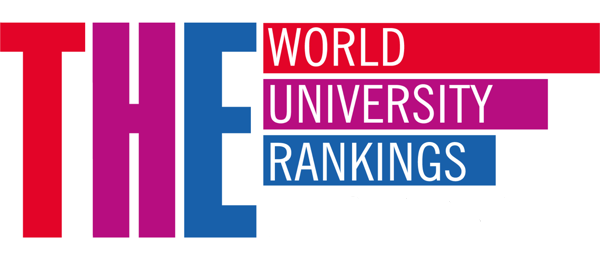HSE University Leads Russian Universities in THE Subject Rankings

HSE University is the top-ranking Russian university in four THE World University Rankings by Subject 2020/21. In addition, HSE has placed in 8 out of 11 subject categories, thereby confirming its status as a multidisciplinary university.
In the Law subject ranking, HSE University moved up this year, placing in 126-150 cohort. HSE is still the only Russian university in this subject ranking. Furthermore, HSE remains the leader in Russia in its traditional areas: the University ranks in the 126-150 cohort for Business and Economics and in the 176-200 for Social Sciences and Psychology. In all these subjects HSE University leads amongst Russian universities.
HSE University has also placed in the subject rankings for Humanities and Arts (201-250 range), Computer Science (401-500 range), Physical Sciences (501-600 range), and Engineering and Technology (800-1000 range).
In almost all subjects, HSE demonstrated improvement in terms of internationalization indicators (the share of foreign students and teachers) and the number of publications per one faculty member.
Russian universities placed in this year’s rankings a total of 166 times, and 95 of these instances involve universities participating in the Russian Academic Excellence Project 5-100. A total of 48 Russian universities have placed in the THE subject rankings, 20 of which are Project 5-100 participants, while in 2013 there were only 3 Russian universities, which included 2 Project 5-100 universities.
The ranking methodology has a two-tier structure. Thirteen performance indicators are grouped into five broad categories: Teaching, Research, Citations, International Outlook, and Industry Income. Data is collected from three main sources: a survey of international experts, the Scopus bibliometric database, and data provided by universities themselves. The overall methodology is carefully recalibrated for each subject, with the indicator weightings changed to suit the individual fields.

